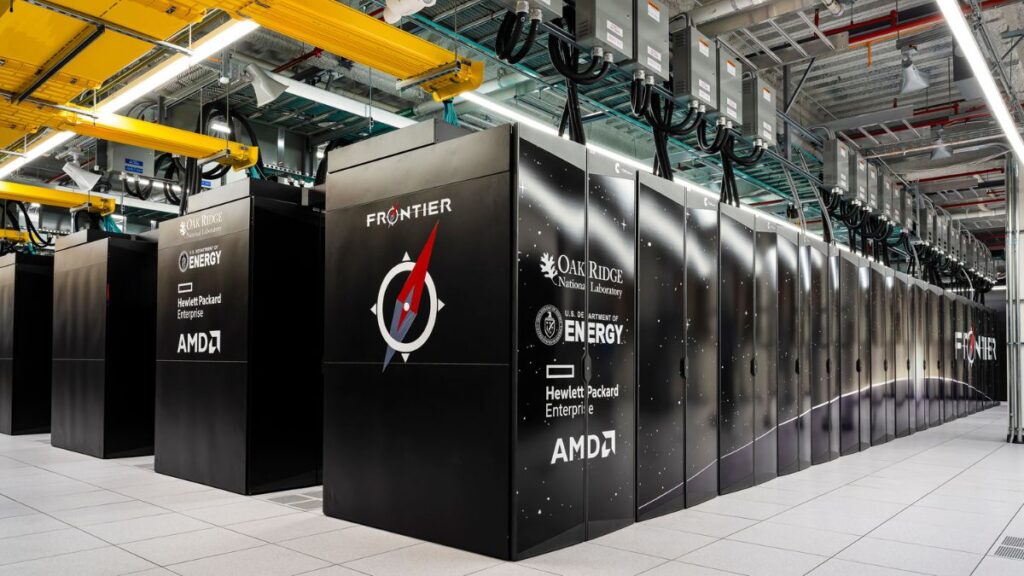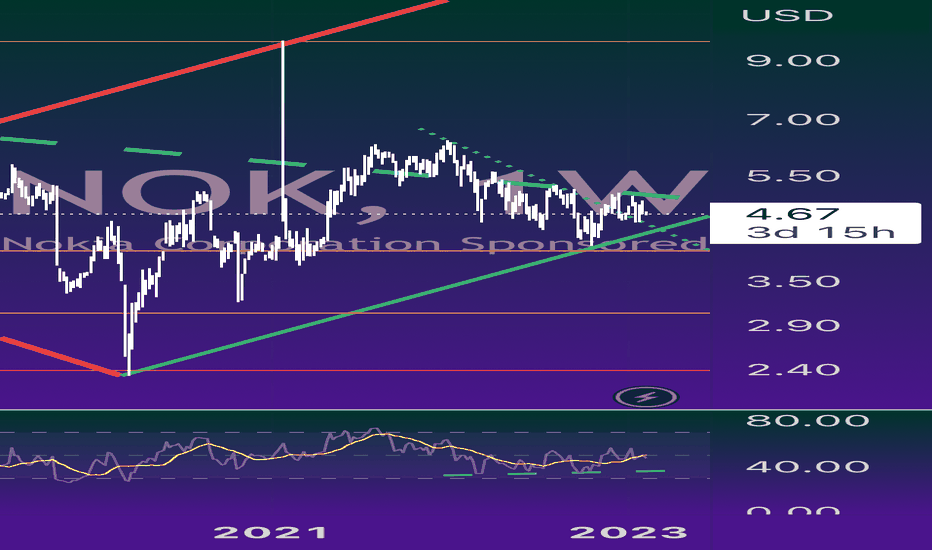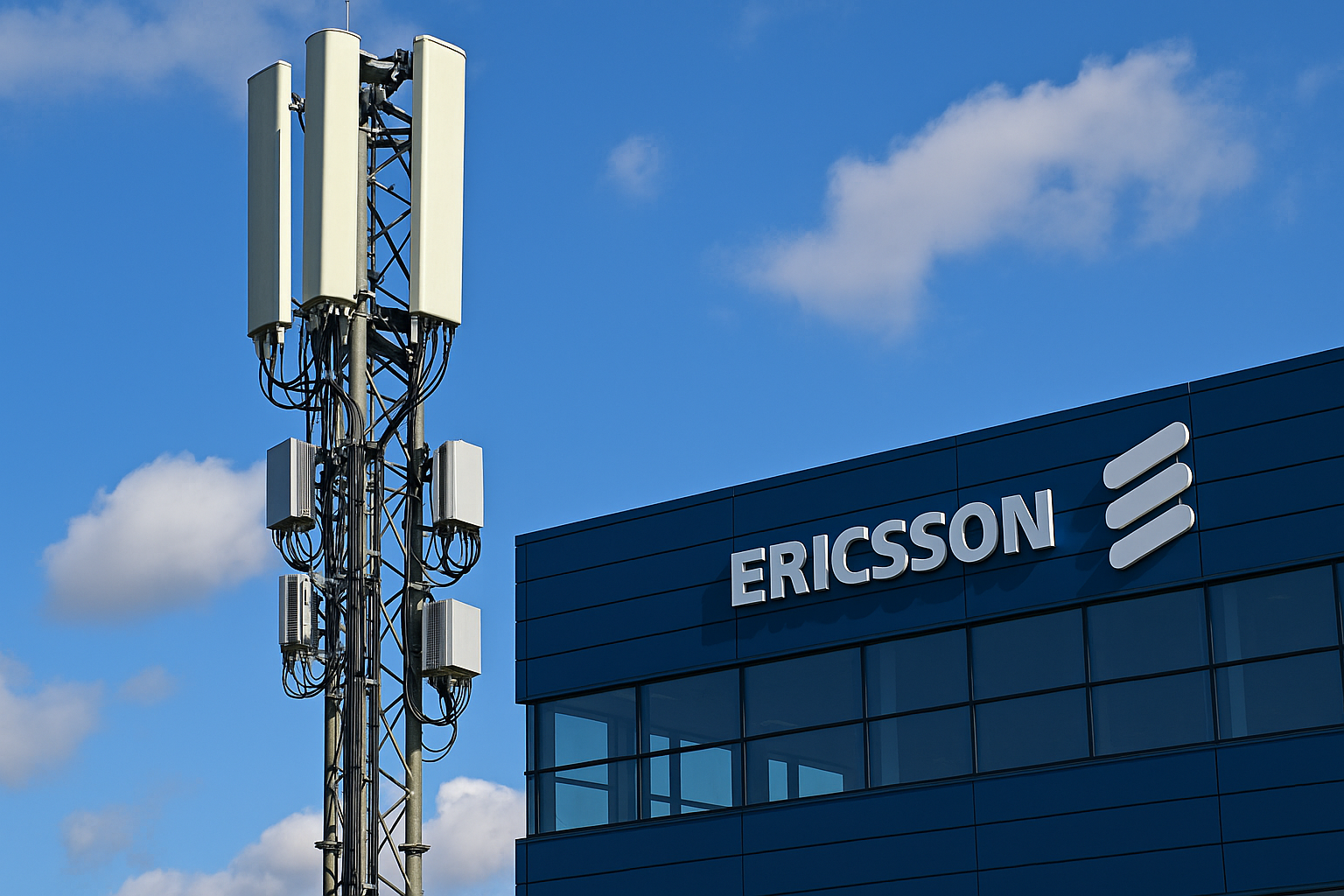In a global telecom landscape increasingly shaped by geopolitical tensions and technological disruption, Ericsson is strategically targeting Huawei-free zones and allied defense organizations like NATO to secure new revenue streams. This move comes as traditional telco investment in the radio access network (RAN) sector slumped by 12.5%, or $5 billion, in 2024, according to research firm Omdia.
The company’s decisive $14 billion deal with AT&T, signed in late 2023, has already begun to pay off. Ericsson’s global RAN market share rose 1.4 percentage points to 25.7% in 2024, largely at the expense of Nokia, whom it is replacing at numerous AT&T sites. However, with fewer conventional opportunities for growth, the company is now betting on innovation, geopolitics, and strategic alliances.
Huawei-Free Zones: A Rising Opportunity
Countries across Europe, North America, and parts of Asia are phasing out Huawei infrastructure due to security concerns and policy pressure. These Huawei-free zones have opened a rare window of opportunity for non Chinese telecom vendors like Ericsson.
The UK and Germany
In the UK, the government’s decision to ban Huawei from its 5G networks by 2027 created a major vacuum. Ericsson was quick to act, securing contracts with BT and Vodafone to upgrade the infrastructure. Similarly, in Germany, state level contracts for secure 5G networks in military and government institutions are gradually shifting toward Western vendors, with Ericsson being a leading contender.
“Ericsson’s neutral Nordic identity and trusted track record make it a natural partner for governments seeking alternatives to Chinese equipment,” said Dr. Anja Richter, a telecom policy analyst at Berlin’s Fraunhofer Institute.

AI and Software Driven RAN: The Next Growth Frontier
The pivot to Huawei-free zones is only part of the story. Ericsson is doubling down on artificial intelligence to build smarter, more efficient networks. The company’s RAN Intelligent Controller (RIC) platform uses AI to optimize radio performance in real time a move that is both cost-efficient and future proof.
“AI will be the backbone of next gen RAN architecture,” noted Rohit Mehra, Vice President of Network Infrastructure at IDC. “Ericsson’s investment in AI driven RAN puts it in an excellent position to serve operators who want to modernize post Huawei, especially in developing NATO-aligned markets.”
NATO and Military Partnerships A Strategic Goldmine
One of the lesser known but rapidly growing areas Ericsson is targeting is defense and military grade communication infrastructure. NATO countries are increasingly investing in secure, private 5G networks for battlefield communications, logistics, and AI powered surveillance markets where Chinese vendors like Huawei are outright banned.
Baltic Defense Networks
In Estonia and Latvia, Ericsson has initiated pilot programs for secure mobile networks that support military logistics and disaster response. These projects are being watched closely by NATO, and insiders suggest they could be scaled to other member states.
“We’re not just selling telecom gear anymore,” said Karl Johan Gustavsson, an Ericsson executive working with European governments. “We’re co-developing strategic defense communication systems.”
Human Impact: Jobs, Innovation, and Ethical Concerns
For telecom engineers and developers in Sweden, the US, and Europe, Ericsson’s growth in Huawei-free zones translates into jobs and renewed optimism. However, ethical concerns linger around surveillance and data privacy, particularly in defense applications.
Lina Andersson, a systems engineer at Ericsson’s Stockholm headquarters, shared:
“When I joined five years ago, I never imagined our tech would help power NATO field operations. It’s exciting but also makes you think twice about how the technology is used. We’re building secure networks, but who watches the watchers?”

Market Consolidation and the Nokia Trade Off
While Ericsson celebrates its rising fortunes, not everyone is cheering. Nokia once a dominant player in the global RAN market is losing ground rapidly, especially in the U.S. The AT&T deal alone saw it replaced in over 30% of AT&T’s cell sites.
“Nokia failed to move fast on AI and cloud native solutions,” noted Lisa Tran, a telecom strategy consultant. “Ericsson simply out executed them in every way. And in Huawei-free zones, execution and trust matter most.”
Challenges and Cautions
Despite the recent gains, challenges remain. The market contraction means fewer total dollars are being spent, even if Ericsson gets a bigger slice. Political instability, trade wars, and local protectionism could also complicate future deals.
Moreover! maintaining cybersecurity excellence is paramount. As Ericsson takes on more sensitive roles in defense and national infrastructure, any data breach could be catastrophic not just for its reputation, but for national security.
Ericsson’s Calculated Climb in a Contracting World
Ericsson’s rise amid a shrinking RAN market is a textbook example of strategic adaptability. By focusing on Huawei-free zones, leveraging AI, and forging ties with NATO aligned governments, it’s turning geopolitical tensions into business opportunities.
The journey ahead will demand even more innovation and ethical clarity. But for now, Ericsson stands as a rare success story in a telecom sector beset by uncertainty and contraction.


1 thought on “Ericsson Expands in Huawei-Free Zones with AI and NATO Deals as Global Market Shrinks”